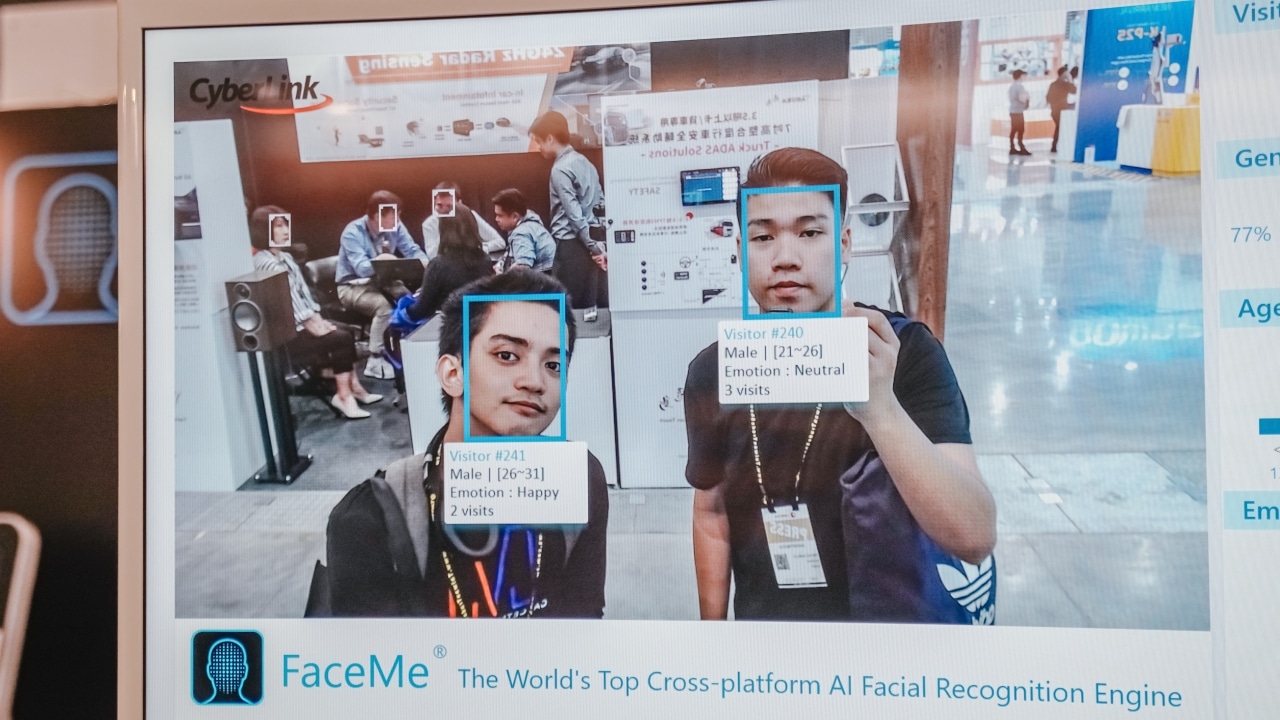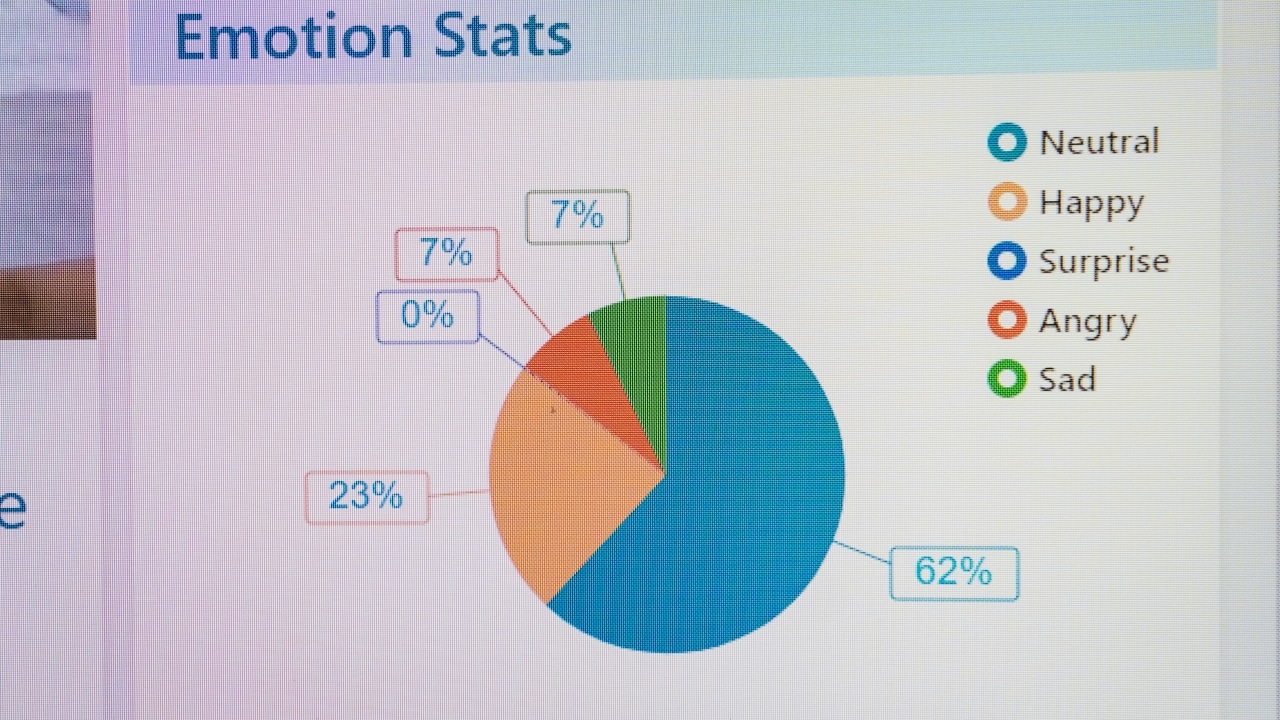Computex 2019
AMD announces faster 12-core Ryzen chips
Coming in July

The processing war is starting up again. Fresh out of the oven, AMD has announced a variety of new chips for launch this year. In a recent press conference, Dr. Lisa Su, AMD’s chief executive, presented the company’s future — 12 cores and 7 nanometers.
First up, the 12-core Ryzen 9 3900X CPU will boast a boost clock of 4.6GHz and a base clock of 3.8GHz. It will also sport 70MB of cache memory. Notably, AMD’s new chip will go up against Intel’s Core i9-9920X. Su demonstrated her chip’s performance against Intel’s driver. In comparison, the Ryzen 9 3900X performs more efficiently and cooler than Intel’s chip. Most impressively, AMD’s chip will retail for only US$ 499, a far cry from Intel’s US$ 1,199 price tag.
Likewise, the 8-core Ryzen 7 3700X touts the same improved efficiency. According to Su, the new chip will have a boost clock of 4.4GHz and a base clock of 3.6GHz. It will churn out 15 percent better efficiency than its predecessors. It will also produce only 65 watts of heat when active. The Ryzen 7 3700X will retail for only US$ 329, compared to its rivalling Intel Core i7-9700K’s US$ 385 price tag.
For more power, the Ryzen 7 3800K boasts more performance. Demonstrated on stage, the chip can play modern games remarkably well: 34 percent higher frame rate on League of Legends and Counter Strike: Global Offensive; 22 percent higher on PlayerUnknown’s Battlegrounds; 21 percent faster on Overwatch; 15 percent faster on Dota 2; and, 14 percent faster on GTA V. Similarly, it performs 37 percent faster on multi-threaded tasks. It will retail for US$ 399, compared to the Intel Core i9-990K’s US$ 484 price tag.
Besides the iconic Ryzen series, AMD also teased a new initiative: the Navi architecture. Unlike the company’s other offerings, the Navi team will build chips based on the new 7nm architecture. According to Su, the new architecture will ship with the upcoming Radeon RX 5000 series. Compared to Nvidia’s GeForce RTX 2070, the upcoming Navi chips will tout higher clock speeds and more efficient power usage. AMD is motivated to do everything better with the Navi architecture.
Unfortunately, AMD has not released a lot of details surrounding the upcoming chip. AMD is delaying a more detailed launch for June’s E3 show. However, the company has confirmed an appropriate July 7 release date for the new 7nm chips.


AI or artificial intelligence used to be something we only see in sci-fi movies. Today, AI is very much part of our daily lives with a lot of it deeply embedded in the smartphones we all use.
Apple, through the iPhone X, then introduced AI facial recognition as a secure way to unlock phones. They call it Face ID and it’s widely considered the most secure facial recognition system on smartphones right now. But it’s not perfect. It once failed to tell the difference between two Chinese women.
Before all of these advancements, it was in the 1960s when Woody Bledsoe created a system that detects facial features by plotting coordinates through a tablet. Thus, the facial recognition system was born. It has then made its way to smartphones, laptops, and security cameras.
In Computex 2019, we found CyberLink’s FaceMe. It’s an advanced AI facial recognition system that determines one’s age and emotions through a web camera. To my surprise, it accurately detected my approximate age group — around 21 to 26 years old. I thought the mood detection was subjective as my appearance won’t exactly tell you what I really feel. Bottomline? I found it amusing but scary.
Have you ever wondered how Facebook detects you on other users’ photos? In 2015, Facebook created a deep learning facial recognition system called “DeepFace” that detects faces through images. Innovative? Yes. Creepy? Well, Mark Zuckerberg made headlines when a photo of him surfaced online with his laptop’s webcam had tape covering it. This then led to the speculation that Facebook spies on its users.
Scan my face to pay the money through #Alipay application. pic.twitter.com/9xqmCEehuF
— Allen He (@heling1682002) June 28, 2019
On the other hand, the Chinese government has a totally different way of utilizing facial recognition. While the rest of the world pays through cash or contactless payment, Chinese establishments use AI facial recognition system as one of their primary payment methods along with using WeChat.
That’s just the tip of the iceberg; if you have already seen Black Mirror’s Nosedive, you can relate the story’s plot to China’s “Social Credit System”. They score points or earn rewards by doing good deeds such as following traffic rules, volunteering, or even donating blood. They can they use the the points and rewards to buy goods.
Having debt or legal troubles will lower your credit. Punishments include a ban from traveling outside the country and not being able to buy your own property. It even goes as far as being shown through the “reel of shame” where “laolai” (a derogatory term for citizens who failed to pay their debts) were named and shamed during a film premiere — just like how it happened in an Avengers: Endgame screening.
Huawei, despite being a Chinese brand, has been successful in gaining customers’ satisfaction and trust in just a short time. Those on the Western side think the opposite: The US government accused Huawei of spying but US later lifted the ban. Even the arrests of their officials in Europe and Canada are undeniable. The commotion between US and China even opened a lot of discussions about spyware, including the safety and danger of AI facial recognition systems.
A lot of questions still remain. Do we really consider facial recognition our friend for keeping our data safe and secure from others? Or is it becoming our foe after all these allegations about the government and companies spying on us? One thing is for sure: AI facial recognition is far from being flawless.

Fans all over the world gathered in Taiwan to witness the festivities of Computex 2019. Several tech companies showcased what’s ahead for the industry, from all-around devices to gaming peripherals. ASUS’ star shined even brighter during the event as one of their biggest booths had people buzzing and raving all throughout.
ASUS boasted its experiential Republic of Gamers (ROG) booth, the company’s biggest at Computex. The booth showcased the latest and greatest of ASUS’ ROG lineup for gaming peripherals and hardware. Visitors were greeted with a design that hopes to evoke the future of gaming as ASUS envisions it. It showed off the latest in the ROG’s thermal, portable and panel solutions.
The booth featured ASUS ROG’s latest ROG Strix and Zephyrus laptops sporting bigger and more responsive screens. The ASUS ROG Strix SCAR III and Strix Hero III G731 are the first gaming laptops to boast a 17-inch, 240Hz refresh rate screen. Apart from that, these two laptops will also sport the latest NVIDIA RTX 2070 graphics card that promises superb gaming performance.
ASUS ROG also featured its collaboration with BMW for its ROG Face Off laptop. Through this concept laptop, the primary focus is to reflect gamers’ unique tastes and preferences. In this extensive collaboration, the company showed off several ROG Strix and Zephyrus laptops in a bold Glacier Blue color.
Perhaps the most visited attraction is the Thermal Solutions area that houses the ROG Mothership announced back in CES 2019. Visitors got a chance to try out ASUS’ take on a portable gaming battle station loaded with Battlefield V. Of course, this was done to show off its impressive overall performance and unique thermal solution.
Computex 2019
WUDI-IDI Arctic Neck Cooler and Bluetooth Speaker
The product you never knew you needed

Startup products are something we shouldn’t underestimate. WUDI-IDI is a Taiwan-based brand that has made these neck coolers come to life. While these products are still not in mass production, the idea of creating this lifestyle product is innovative.
Both coolers feature three-speed fans, but there’s a common difference between the two variants — the Arctic Neck Cooler features a thermoelectric cooler with heat dissipation brick and cold aluminum in order to relieve the heat you feel whenever it’s placed on your neck.
The other cooler lacks the additional cooling feature but you can play your favorite music or Spotify playlist by just connecting your phone to its built-in Bluetooth speaker. Forgot your phone? The built-in microSD slot solves your dilemma. You don’t wanna disturb everyone? You can also plug your earphones through its 3.5mm audio jack.
All those features explain why this product was tagged as the Best Lifestyle Product of Computex 2019. It’s the perfect accessory not just for athletes, but also among consumers who just can’t stand the heat.
-

 Features1 week ago
Features1 week agoFortify your home office or business setup with these devices
-

 Events2 weeks ago
Events2 weeks agoStellar Blade: PlayStation taps cosplayers to play Eve for game’s launch
-

 Gaming2 weeks ago
Gaming2 weeks agoThe Rogue Prince of Persia looks like an ultra-colorful roguelite
-

 Accessories2 weeks ago
Accessories2 weeks agoLogitech unveils G Pro X 60 gaming keyboard: Price, details
-

 Reviews1 week ago
Reviews1 week agorealme 12+ 5G review: One month later
-

 Gaming2 weeks ago
Gaming2 weeks agoLenovo confirms development of a Legion Go 2
-

 Deals2 weeks ago
Deals2 weeks agoTCL P635 TV: Big savings for TCL’s anniversary
-

 Gaming1 week ago
Gaming1 week agoNew PUMA collection lets you wear PlayStation’s iconic symbols


































